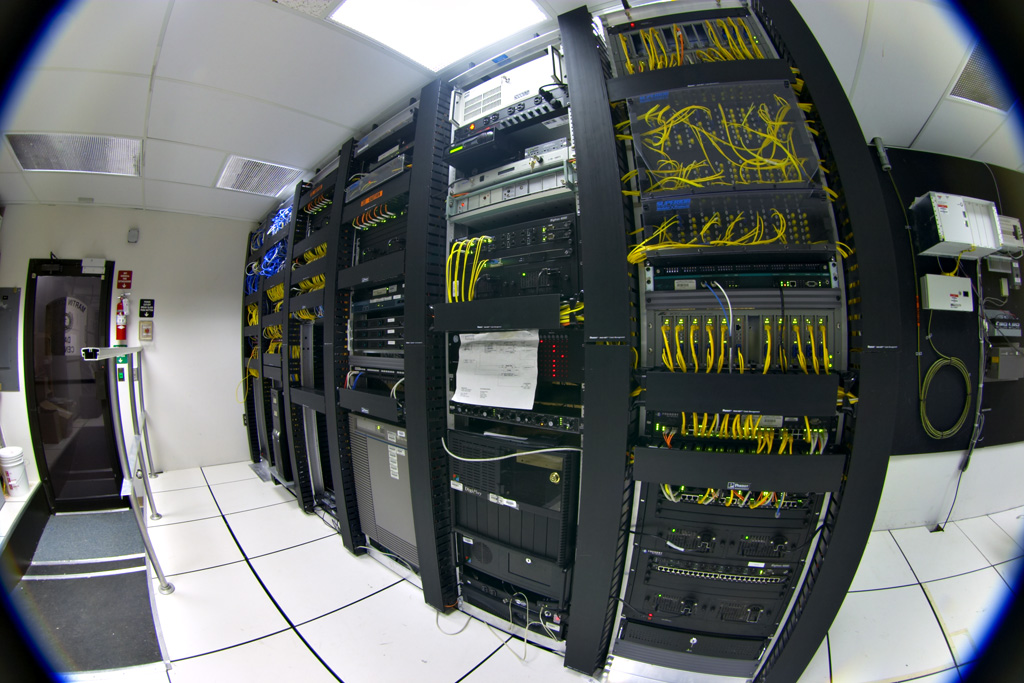Difference between revisions of "Template:Article of the week"
Shawndouglas (talk | contribs) (Updated article of the week text.) |
Shawndouglas (talk | contribs) (Updated article of the week text.) |
||
| Line 1: | Line 1: | ||
<div style="float: left; margin: 0.5em 0.9em 0.4em 0em;">[[File: | <div style="float: left; margin: 0.5em 0.9em 0.4em 0em;">[[File:Datacenter-telecom.jpg|220px]]</div> | ||
'''[[ | A '''[[data center]]''' is a facility used to house computer systems and associated components such as telecommunications and storage systems. A data center generally includes redundant or backup power supplies, redundant data communications connections, environmental controls (e.g. air conditioning and fire suppression), and various security devices. Data centers vary in size, with some large data centers capable of using as much electricity as a "medium-size town." | ||
The main purpose of many data centers is for running applications that handle the core business and operational data of one or more organizations. Often those applications will be composed of multiple hosts, each running a single component. Common components of such applications include databases, file servers, application servers, and middleware. Such systems may be proprietary and developed internally by the organization or bought from enterprise software vendors. However, a data center may also solely be concerned with operations architecture or other services. ('''[[Data center|Full article...]]''')<br /> | |||
<br /> | <br /> | ||
''Recently featured'': [[Forest informatics]], [[International Electrotechnical Commission | ''Recently featured'': [[Carrier cloud]], [[Forest informatics]], [[International Electrotechnical Commission]] | ||
Revision as of 14:30, 20 October 2014
A data center is a facility used to house computer systems and associated components such as telecommunications and storage systems. A data center generally includes redundant or backup power supplies, redundant data communications connections, environmental controls (e.g. air conditioning and fire suppression), and various security devices. Data centers vary in size, with some large data centers capable of using as much electricity as a "medium-size town."
The main purpose of many data centers is for running applications that handle the core business and operational data of one or more organizations. Often those applications will be composed of multiple hosts, each running a single component. Common components of such applications include databases, file servers, application servers, and middleware. Such systems may be proprietary and developed internally by the organization or bought from enterprise software vendors. However, a data center may also solely be concerned with operations architecture or other services. (Full article...)
Recently featured: Carrier cloud, Forest informatics, International Electrotechnical Commission










